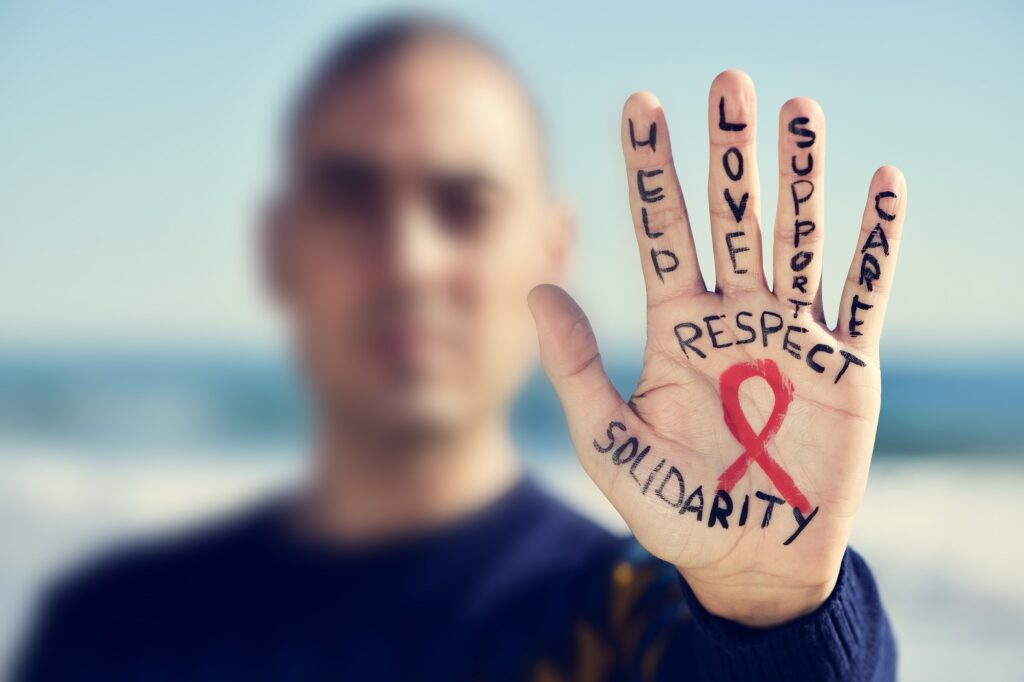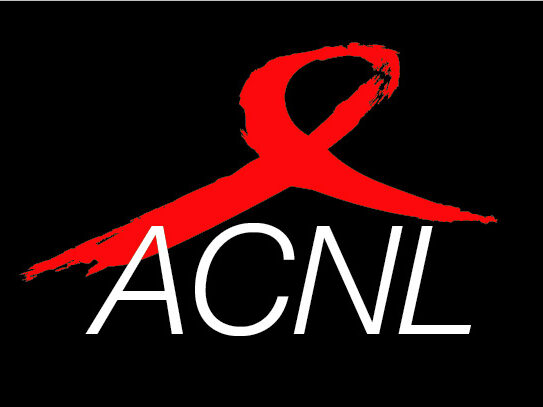HIV stands for Human Immunodeficiency Virus. It’s a virus that attacks and weakens the immune system, making it harder to fight off certain illnesses, infections and diseases. The virus locates, destroys and takes over our white blood cells (CD4 cells) and begins to replicate.
HIV Transmission

The formula for HIV transmission is fluid + route + activity. This means that HIV may be transmitted when bodily fluids that carry HIV come into contact with a route into a person’s bloodstream through a shared activity.
There are 5 bodily fluids that contain sufficient HIV to pass the virus:
- Blood
- Seminal fluid (including pre-cum)
- Rectal fluid
- Vaginal fluid
- Breast/chest milk
There are two main routes that transmit HIV:
- A break in the skin (e.g., an injection)
- Mucous membranes (e.g., linings of the vagina, anus, foreskin, and penis opening)
Any activity that brings together a fluid that can carry HIV and a route into the bloodstream carries a risk of HIV transmission. Some activities that can transmit HIV include:
- Sex without protection
- Sharing injection drug use equipment
- Breast/chestfeeding
Stages of HIV Infection
HIV infection has 3 stages: Acute (2-6 weeks); Chronic (10 years); and, AIDS.
Stage 1 – Acute
The earliest stage of HIV. This can develop within 2-6 weeks after transmission has occurred. During this time, people may experience flu-like symptoms, such as fever, rash and headache. A person may experience no symptoms at all. Risk of transmission is greatest during this stage because levels of HIV in the blood are highest. A person may experience significant health benefits if started on HIV treatment, known as ART (antiretroviral therapy), during this stage.
Stage 2 – Chronic
Also called “asymptomatic HIV.” The virus is now living in the body and developing, but not producing symptoms. Without treatment, this stage lasts about 10 years, but can progress more quickly in some people.
Stage 3 – AIDS
The final, most advanced stage of HIV. The virus has severely damaged the immune system and the body can no longer fight off certain infections or related cancers.
AIDS stands for Acquired Immunodeficiency Syndrome. It’s the most advanced stage of HIV. It’s also referred to as “advanced HIV” or “late-stage HIV.” HIV has progressed to AIDS when (1) the immune system is so weak it becomes vulnerable to opportunistic infections and specific cancers and (2) when the CD4 count falls below 200 cells/mm3 (200 cells/cubic mm of blood).
There is no vaccine or cure for HIV/AIDS, but treatment allows people to manage HIV, live full, healthy lives, and reduce/eliminate the risk of transmitting HIV to others. Starting on treatment is also very good for a person’s health.
Undetectable = Untransmittable: When treatment is taken as prescribed and the viral load (amount of HIV in the blood) is reduced to an undetectable level, HIV cannot be transmitted to others.

